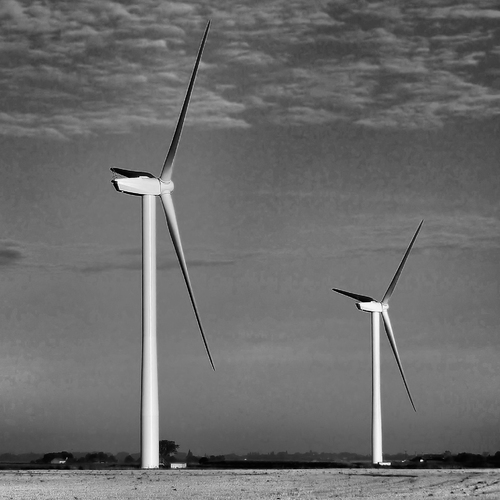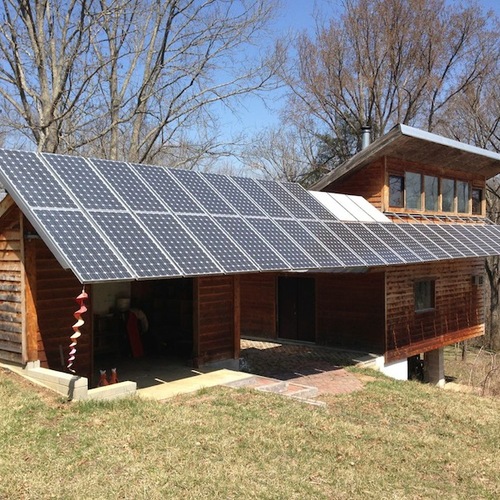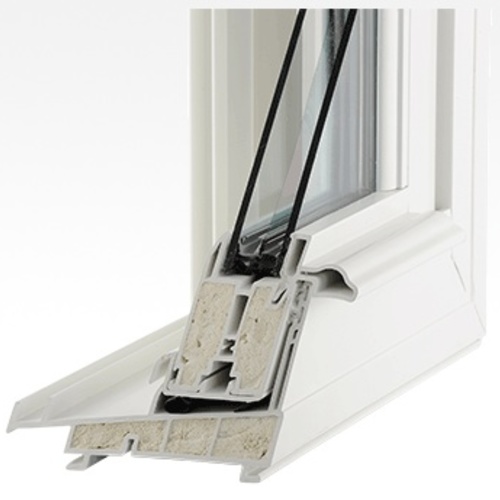
Image Credit: Mike Mozart via Flickr
Vehicle fuel economy standards, efficiency standards for appliances and equipment, and the government’s Energy Star program were the three most productive ways of saving energy in 2014, the American Council for an Energy-Efficient Economy (ACEEE) reports.
Writing at the ACEEE’s website, executive director Steven Nadel summarized findings of the organization’s recent report on energy efficiency over the past 35 years by listing the top eight categories for reducing energy consumption during the past calendar year.
Vehicle fuel economy standards, which the Department of Transportation calls Corporate Average Fuel Economy Standards, or CAFE standards, were responsible for saving 7.3 quads (a quad is a quadrillion Btus). Appliance and and equipment efficiency standards accounted for another 5.3 quads. Energy Star, including homes, buildings and equipment, added up to 3.8 quads (that’s a 2013 estimate since 2014 data isn’t available yet).
The numbers represent the energy savings when compared to what would have been used in a particular category had there been no standards. Total energy consumption in the U.S. is about 100 quads per year.
Fourth on the list is energy efficiency programs in the utility sector, which are funded by utility customers. Last year, those savings were 1.8 quads, an estimate based on savings the previous year.
Building codes rank number 5
Estimates for savings derived from building codes, 1.1 quads, come from two sources, Nadel writes, and required some detailed number crunching. First, the ACEEE used estimates first made in 2004 that projected energy savings and did some calculations to arrive at the 2014 figure. Second, the estimate includes a Pacific Northwest National Laboratory report that estimated savings separately.
“Savings from building codes are approximate and are estimated from two sources,” Nadel says. “The two estimates are very similar, providing some assurance they are reasonable.” He added, “Both of these estimates are highly approximate, so rather than round up to 1.2 quads, we round down to 1.1 quads. Better estimates of energy savings from codes would be useful.”
The Pacific Northwest National Laboratory says it is tentatively planning to do such an analysis next year.
Other savings included these:
- Federal research and development: 1 quad. This category would include such things as research that contributed to LED lighting, electronic ballasts for fluorescent lamps, windows with heat-reflective coatings and analytic software for buildings.
- Energy service companies: 0.5 quads. These are private companies that identify, finance and install energy-saving devices. The ACEEE says that most of these contracts are with towns, cities, universities, schools, and hospitals that enter into long-term contracts.
- Federal tax incentives: 0.3 quads. ACEEE notes that Congress passed these credits in 2005 and has since extended many of them.
Taken together, the numbers add up to 19.3 quads, or nearly 20% of the nation’s total energy consumption.
The organization’s full report notes that energy use from 1980 to 2014 in the U.S. increased by 26% while the gross domestic product (GDP) was up by 149%, meaning that the “energy intensity” declined by 50%.
“Efficiency investments and savings also generate jobs, including direct jobs installing efficiency measures, indirect jobs upstream in the supply chain, and jobs induced as energy bill savings are spent elsewhere and multiply through the economy,” the report says. “Energy savings can also help to drive modest overall growth in the U.S. economy.”
Weekly Newsletter
Get building science and energy efficiency advice, plus special offers, in your inbox.















One Comment
This is fascinating
I've never heard of quads (though i know what quatloos are), but having this type of total inventory is very useful for quantifying where we stand and what needs to be done
Log in or create an account to post a comment.
Sign up Log in